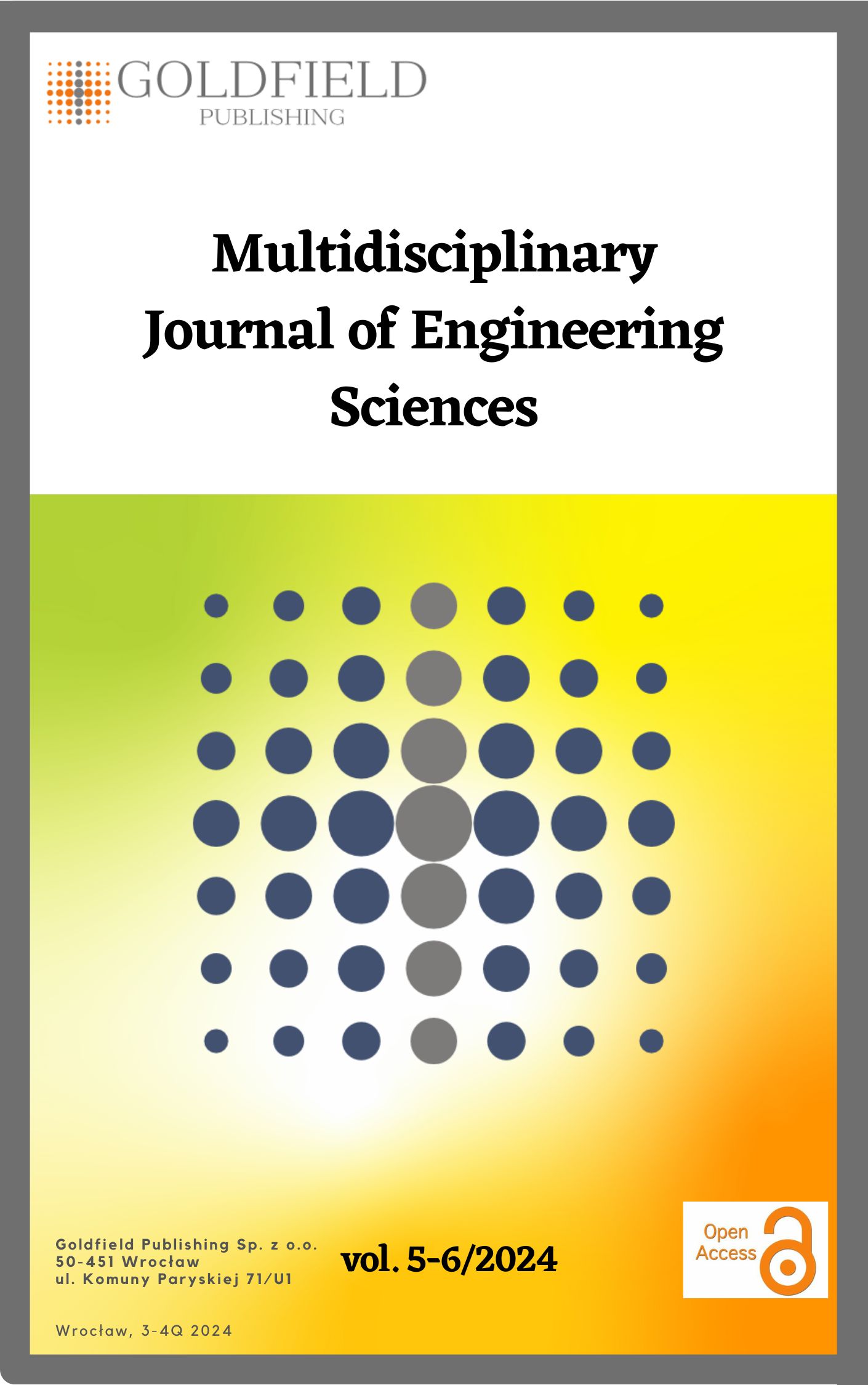What if our cell brain is a space travelling- compass
Keywords:
astronomy, neuroscience, brain earth universe, radio signals Copernicus revolution, cosmological origin solar terrestrials; interactionsAbstract
The disciplinary diversity connection between astronomy and neuroscience and that's obvious in every cell brain can contain a signal of our outer space. Can ether of space determine our future of health care insurance? There are many types of astronomical affective field in our brain. This paper gathered the theories and methods which discuss the vantage point of surreal space with Copernican Revolution in neuroscience that mapped a plot paralyzed with the earth and the universe. The learning in the planetarium environment it will affect in us or draw a pattern of thoughts. There are many questions will be asked what if a solar-terrestrial interaction causes a dangerous disease? Is there relationship between radio signals from space and brain thoughts? How could Cosmological Origin facilitate the collapse of wave functions within the brain space?
References
Castaño, P. “Somebody’s Noises Are Another Person’s Signal:” Art, Neuroscience, and Radio Astronomy. Art nodes 2020, No. 25. https://doi.org/10.7238/a.v0i25.3318.
Fyke, J., Sergienko, O., Löfverström, M., Price, S., & Lenaerts, J. T. M. (2018). An Overview of Interactions and Feedbacks Between Ice Sheets and the Earth System. Reviews of Geophysics, 56(2), 361–408. https://doi.org/10.1029/2018rg000600
Tononi, G., & Koch, C. (2015). Consciousness: here, there and everywhere? Philosophical Transactions of the Royal Society B Biological Sciences, 370(1668), 20140167. https://doi.org/10.1098/rstb.2014.0167
Vakoch, D. A. (2013b). Extraterrestrial Altruism. In The frontiers collection. https://doi.org/10.1007/978-3-642-37750-1
The Copernican Revolution — Harvard University Press. (n.d.). Harvard University Press. https://www.hup.harvard.edu/books/9780674171039
Barea, A., Urrutxua, H., & Cadarso, L. (2020). Large-scale object selection and trajectory planning for multi-target space debris removal missions. Acta Astronautica, 170, 289–301. https://doi.org/10.1016/j.actaastro.2020.01.032
Pulkkinen, T. (2007). Space Weather: Terrestrial Perspective. Living Reviews in Solar Physics, 4. https://doi.org/10.12942/lrsp-2007-1
North off, G. Lessons from Astronomy and Biology for the Mind—Copernican Revolution in Neuroscience. Frontiers in Human Neuroscience 2019, 13. https://doi.org/10.3389/fnhum.2019.00319.
Persinger, M. A. Astronomical, Chemical, and Biological Implications of 10-20 Joules as a Fundamental Quantum Unit of Information for Neurofunction. Archives of Neuroscience 2014, 1 (3). https://doi.org/10.5812/archneurosci.18775
Caswell, J. M.; Carniello, T. N.; Mekers, W. F. T. Interdisciplinary Analysis of Annual Space Weather Activity in Relation to Mortality Associated with Cerebrovascular Disease: A Novel Model of Solar-Terrestrial Interaction. International Letters of Chemistry, Physics and Astronomy 2015, 57, 85–94. https://doi.org/10.18052/www.scipress.com/ilcpa.57.85.
Persinger, M. A. (2014). Astronomical, Chemical, and Biological Implications of 10-20 Joules as a Fundamental Quantum Unit of Information for Neurofunction. Archives of Neuroscience, 2(1). https://doi.org/10.5812/archneurosci.18775
Feinberg, T. E., & Mallatt, J. (2020). Phenomenal Consciousness and Emergence: Eliminating the Explanatory Gap. Frontiers in Psychology, 11. https://doi.org/10.3389/fpsyg.2020.01041
Stil, J. M., & Irwin, J. A. (2001). GSH 138−01−94: An Old Supernova Remnant in the Far Outer Galaxy. The Astrophysical Journal, 563(2), 816–827. https://doi.org/10.1086/324036
Blagoveshchenskaya, N. F., Kornienko, V. A., Borisova, T. D., Thidé, B., Kosch, M. J., Rietveld, M. T., Mishin, E. V., Luk’yanova, R. Y., & Troshichev, O. A. (2001). Ionospheric HF pump wave triggering of local auroral activation. Journal of Geophysical Research Atmospheres, 106(A12), 29071–29089. https://doi.org/10.1029/2001ja900002
Moon, Y., & Koh, W. (2023). A Dark Energy Paradigm: II. Cold Dark Matter Model to Predict Galactic Dynamics as Evidence. Research Square (Research Square). https://doi.org/10.21203/rs.3.rs-3176898/v1
Liddle, A. R., & Lyth, D. H. (2000). Cosmological Inflation and Large-Scale Structure. https://doi.org/10.1017/cbo9781139175180
E. N. Parker, “Cosmical Magnetic Fields Their Origin and Their Activity,” Oxford University Press, New York, 1979, pp. 40-90. - References - Scientific Research Publishing. (n.d.). https://www.scirp.org/reference/referencespapers?referenceid=188447
Somov, B. V. (2012). Magnetohydrodynamics in Astrophysics. In Astrophysics and space science library (pp. 263–283). https://doi.org/10.1007/978-1-4614-4283-7_13
Schekochihin, A. A., The Rudolf Peierls Centre for Theoretical Physics, University of Oxford, & Merton College. (2019). Lectures on Kinetic Theory and Magnetohydrodynamics of Plasmas. In Oxford MMathPhys/MSc in Mathematical and Theoretical Physics. https://www-thphys.physics.ox.ac.uk/people/AlexanderSchekochihin/notes/LESHOUCHES19/KTLectureNotes.pdf
Usoskin, I. G., Solanki, S. K., Krivova, N. A., Hofer, B., Kovaltsov, G. A., Wacker, L., Brehm, N., & Kromer, B. (2021). Solar cyclic activity over the last millennium reconstructed from annual 14C data. Astronomy and Astrophysics, 649, A141. https://doi.org/10.1051/0004-6361/202140711
The Neural Correlates of Consciousness. (2004). In Elsevier eBooks (pp. 269–301). https://doi.org/10.1016/b978-012264841-0/50017-2
Downloads
Published
Issue
Section
License
Copyright (c) 2024 Alaa Salah Afifi

This work is licensed under a Creative Commons Attribution 4.0 International License.
Copyright: © 2023 by the author(s). Licensee Goldfield Publishing Ltd.
